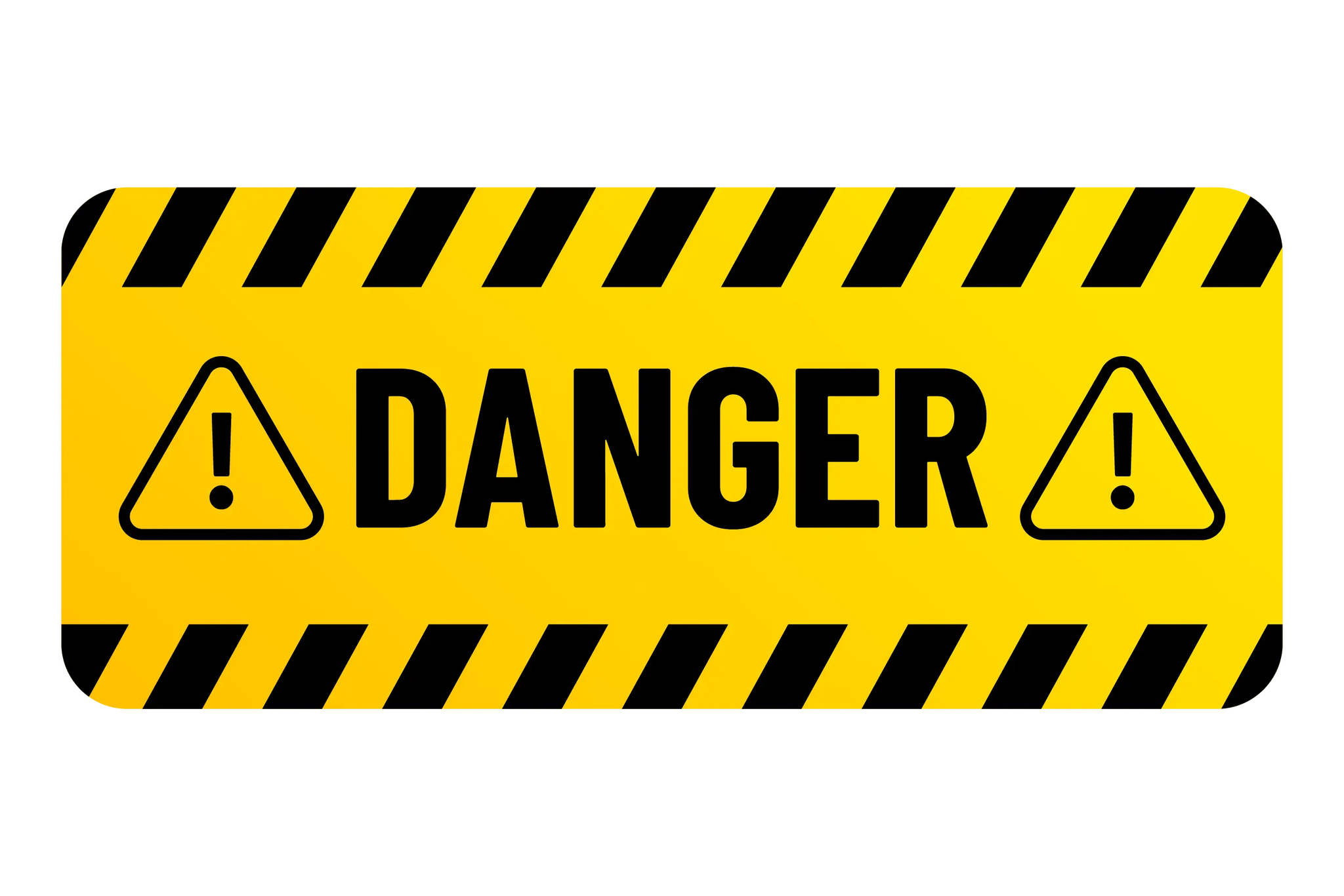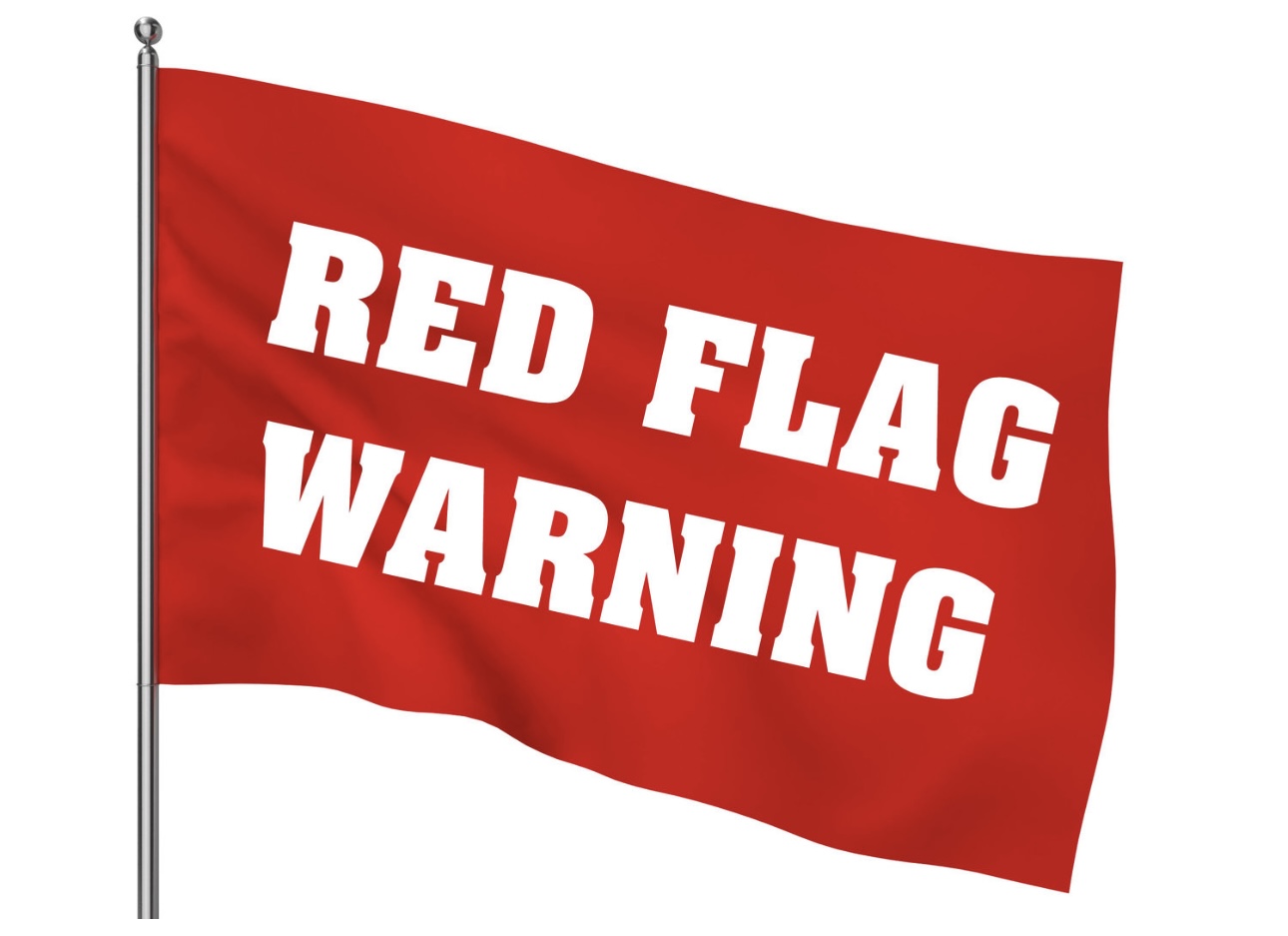Buying a home in Maryland right now? You're smart to be cautious. The 2025 market is throwing some serious curveballs, and what looks like a great deal on paper might actually be a financial headache waiting to happen.
After working with countless Maryland buyers this year, I've seen patterns emerge that every smart buyer needs to know about. From sketchy listing language to entire communities showing crash risk, here's your insider's guide to dodging the biggest red flags in Maryland real estate this year.

Communities Showing Serious Warning Signs
Let's start with the elephant in the room – certain Maryland towns are flashing danger signals that even experienced investors are taking seriously. Recent analysis identified 18 Maryland communities showing extreme vulnerability to price corrections, and some of these numbers are genuinely alarming.
Royal Oak in Talbot County tops the danger list. With median home prices hitting $1,122,926 in 2025, this Eastern Shore community has more than tripled in value since 2000. Here's what's scary: homes are priced 66.4% above their long-term trend line, pending sales dropped 44% year-over-year, but inventory jumped 57%. That's textbook oversupply meeting weakening demand.
The area's heavy dependence on retirees and second-home buyers makes it especially vulnerable when economic conditions shift or interest rates stay elevated. While Royal Oak only saw a 12.8% correction during the 2012 market hiccup, current metrics suggest we could see something much worse.

West Friendship carries a 75% crash risk, with homes currently priced 48.2% above historical averages at $1,041,367. This Howard County area tripled in value since 2000 and dropped 13.4% during the 2009 recession – and today's fundamentals look even shakier than they did back then.
If you're looking at homes in these high-risk communities, ask yourself: Are you prepared for a potential 20-30% price drop? Can you stay in the home long enough to weather a correction? These aren't scare tactics – they're mathematical realities based on price-to-trend analysis.
Decode the Marketing Speak
Real estate listings are basically advertisements, and like all ads, they use carefully chosen words to put the best spin on reality. Here's how to read between the lines:
"Cozy" is real estate speak for "small." Really small. When you see this word, immediately verify the actual square footage and mentally prepare for rooms that feel cramped. Don't let staged photos fool you – furniture in listing photos is often smaller than standard size to make spaces appear larger.
"As Is" should make you pause immediately. This isn't just a seller being straightforward – it's often a legal shield. Properties listed "as is" frequently have significant issues the seller doesn't want to fix or negotiate about. They may know about problems you haven't discovered yet. If you're still interested, budget extra for inspections and expect to handle repairs entirely on your own dime.
"Fixer Upper" sounds romantic until you start adding up costs. Unless you're a contractor or have serious construction experience, these properties can become money pits fast. Maryland's older housing stock means "minor updates" can quickly reveal major structural, electrical, or plumbing issues that weren't visible initially.
"Motivated Seller" often indicates financial distress, pending foreclosure, or a property that's been sitting on the market longer than expected. While this might create negotiation opportunities, investigate why other buyers walked away. Sometimes the motivation comes from problems that aren't immediately obvious.
"Priced to Sell" is marketing fluff that could mean anything. Either it's actually a good deal (rare), or there's something about the property that requires aggressive pricing to move it.

Maryland-Specific Gotchas
Our state has some unique challenges that out-of-state buyers especially need to understand, but even local buyers sometimes underestimate these costs.
Maryland property taxes vary dramatically by location. Baltimore City has the highest rates in the state, while some counties offer more reasonable tax burdens. A $500,000 home in Baltimore City might carry $7,000+ in annual property taxes, while the same value home in a different county could be $3,000-4,000. Factor this into your total monthly housing costs from day one.
Flood risk is serious business here, especially along the Chesapeake Bay, around Annapolis, and in waterfront communities. Even properties that aren't directly on water can require flood insurance due to Maryland's topography and drainage patterns. Flood insurance can add $500-2,000+ annually to your housing costs, and it's not optional if your lender requires it.
Water and sewer costs in some Maryland counties are substantial. Montgomery County, for example, has some of the highest water/sewer fees in the region. These aren't typically included in property tax assessments, so they can blindside buyers who haven't researched total municipal costs.

Current Market Reality Check
The Maryland market is shifting, and that's actually good news for careful buyers. June 2025 saw 6,479 homes sold statewide, down 1.3% from previous periods. This cooling trend means you have more negotiating power and time to be selective.
However, this slowdown is happening against a backdrop of economic uncertainty. Federal job losses could impact the DC metro area significantly, and recession concerns are making even confident buyers more cautious. This environment rewards patience over urgency.
Don't let anyone pressure you with artificial scarcity tactics. The frenzied bidding wars of recent years are cooling off, which means you can actually take time for proper inspections and due diligence.
Property Condition Red Flags You Can't Ignore
Some warning signs are visible even during a quick walk-through. Look for:
Foundation issues – Cracks in basement walls, doors that don't close properly, or sloping floors can indicate serious structural problems that are expensive to fix in Maryland's varied soil conditions.
Electrical systems – Maryland has plenty of older homes with outdated electrical panels, knob-and-tube wiring, or insufficient amperage for modern needs. Insurance companies are increasingly refusing to cover homes with certain electrical configurations.
HVAC age and condition – Maryland's humid summers and cold winters are hard on heating and cooling systems. A 15+ year old HVAC system is approaching replacement time, which could mean $8,000-15,000 in unexpected costs soon after purchase.
Roof condition – Maryland weather is tough on roofing materials. Look for missing shingles, water stains, or gutters that pull away from the house. A roof replacement can easily cost $15,000-25,000 depending on the home's size and complexity.

Trust Your Instincts (And Get Professional Help)
Here's the thing – if something feels off, it probably is. Maybe the seller is evasive about certain questions. Maybe the listing photos seem inconsistent with what you're seeing in person. Maybe the price seems too good for the neighborhood.
Don't ignore those feelings. In today's market, you have time to be selective. Get a thorough inspection, research the neighborhood's sale history, and don't be afraid to walk away if red flags start multiplying.
Working with an experienced Maryland agent who knows local market conditions isn't just helpful – it's essential. We know which inspection companies are thorough, which neighborhoods have hidden issues, and how to spot the warning signs that could save you thousands down the road.
The bottom line? 2025's Maryland market rewards careful, informed buyers who take time to do their homework. The days of making offers sight unseen are over, and that's actually great news for anyone willing to approach home buying with patience and intelligence.
Stay smart out there, and remember – there will always be another house, but recovering from a bad purchase decision takes years.


